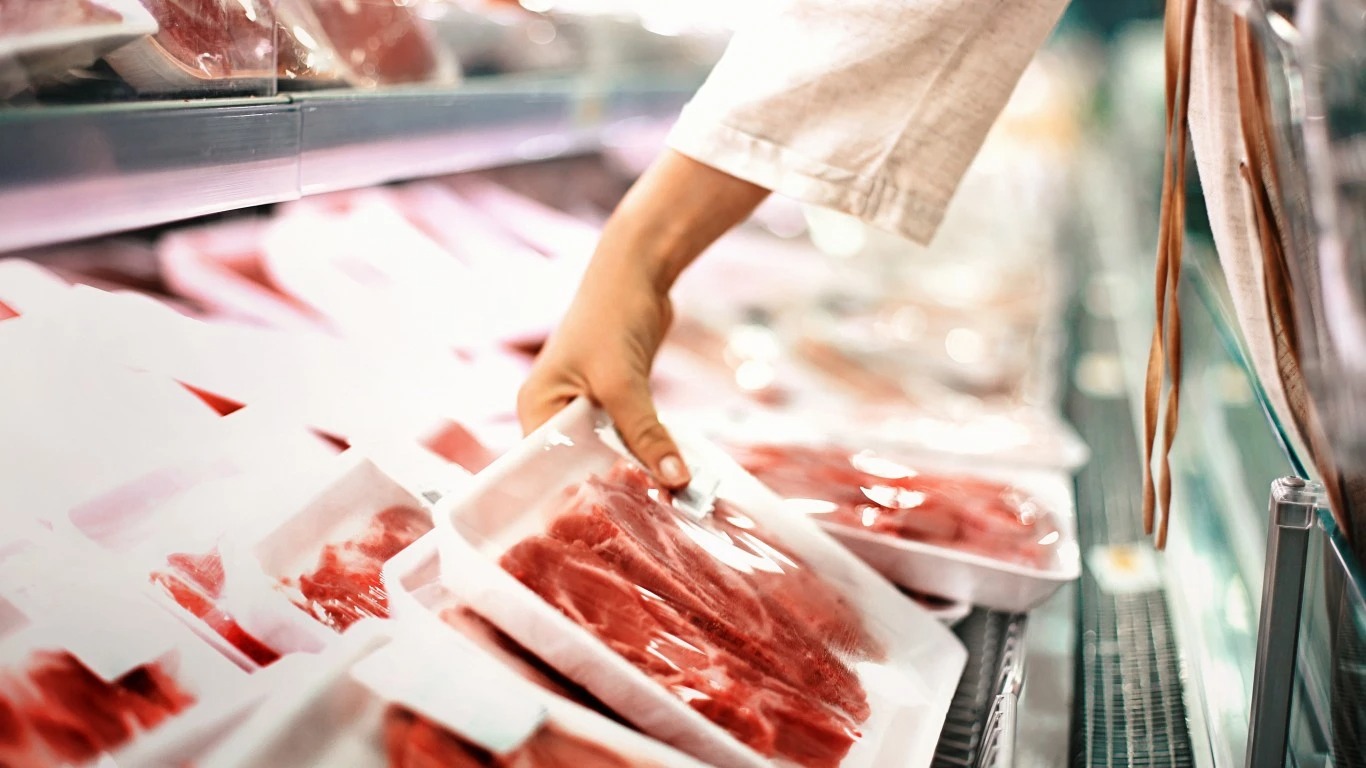
Scientists estimate that July 4th this year was the hottest day on earth since global temperatures were first recorded around 1880, and possibly the hottest in the past 125,000 years. “Looking to the future, we can expect global warming to continue and hence temperature records to be broken increasingly frequently, unless we rapidly act to reduce greenhouse gas emissions to net zero,” Paulo Ceppi, a climate scientist at London’s Grantham Institute, told the Washington Post.
Soaring temperatures are only one result of climate change. Others include rising sea levels and flooding, drought and also devastatingly heavy rainfall, more (and more violent) typhoons and hurricanes, increased threat of wildfires, salinization of freshwater, and proliferation of pests and diseases.
Despite overwhelming evidence to the contrary, the world is full of climate change deniers, including prominent American politicians (many with ties to the fossil fuel industry) like Marco Rubio, Mitch McConnell, and Ted Cruz – and of course Donald Trump, who once tweeted that “The concept of global warming was created by and for the Chinese in order to make U.S. manufacturing non-competitive.”
Whatever politicians and other skeptics might maintain, however, it’s probably safe to say that nobody in the agricultural sector – whether the owner of a small family farm or the CEO of an agribusiness giant – is unaware of the very real effects of climatological disruption on their livelihood.
To compile a list of 20 crops or food products that are particularly susceptible to the negative effects of climate change, 24/7 Tempo reviewed articles on a variety of online publications, including Food Politics and Civil Eats, as well as the websites of the U.S. Environmental Protection Agency, National Centers for Environmental Prediction, and Food and Drug Administration.
Click here to see 20 foods endangered by climate change
The list is by no means exhaustive: Virtually anything that grows or is raised anywhere in the world is likely to feel some impact from increasing or unpredictable heat, cold, drought, rainfall, high winds, and other climatic conditions. No major crop has yet disappeared entirely due to these factors, but their quantity and quality is already being affected.





